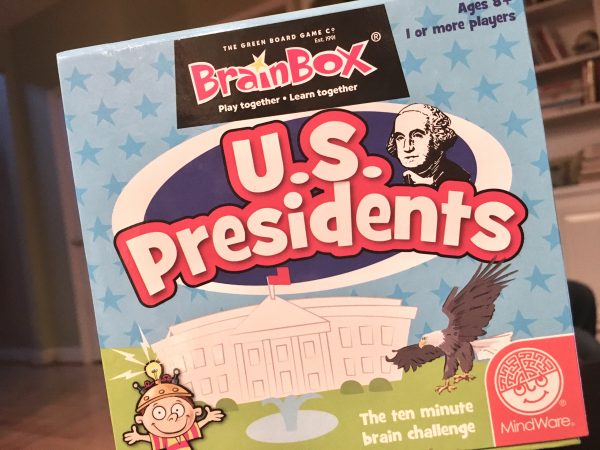
How much information do you think you could remember in just 10 seconds?
Hint: If you brain is 43 years old and living with four children, the answer may be less than you think.
Recently (when I was pulled into the abyss that is Amazon), I came across Brainbox’s U. S. Presidents game, a memory challenge game for kids (and parents) to learn about the U. S. Presidents and also work on memory and observation skills. It quickly made its way into our Amazon cart and then home. Since making its debut, the kids have been pulling out the cards and learning fun tidbits and facts about our country’s leaders (a definite win!).
Playing the U.S. Presidents Game
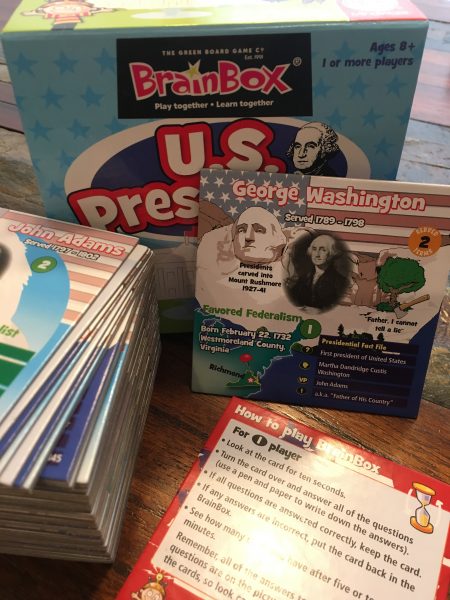
The game is SUPER simple – pretty much three steps: study, remember, and answer a question to win.
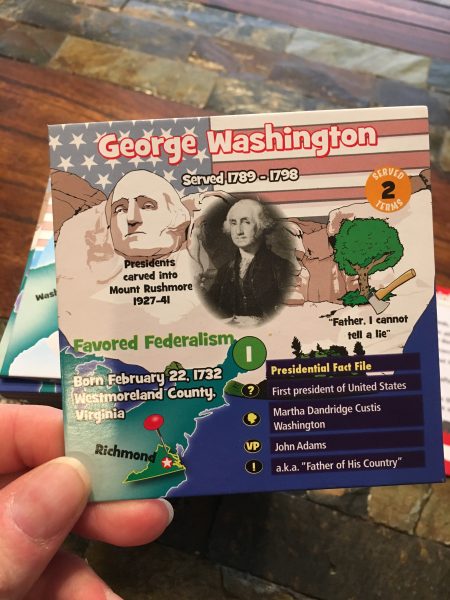
Pick a card from the box, flip over the ten-second timer, and take 10 seconds to review the facts and images on the front of the card.
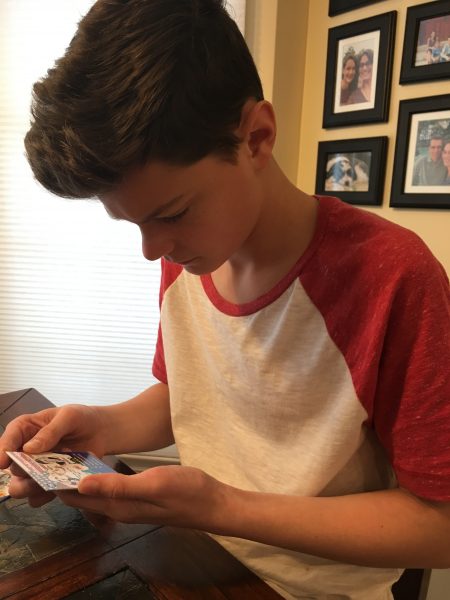
TRY TO REMEMBER IT ALL! You will be tested…good luck parents.
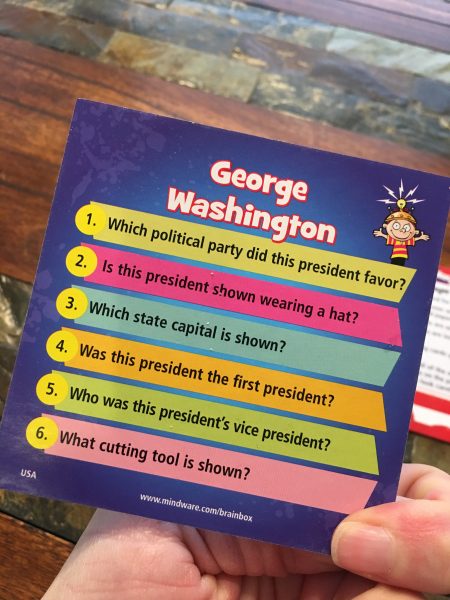
Roll the die and have someone ask you a question from the six on the back of the card, based on the number you roll. Questions range from years served in office, political party, state born in, nicknames, vice-presidents, to questions about the graphics on the card.
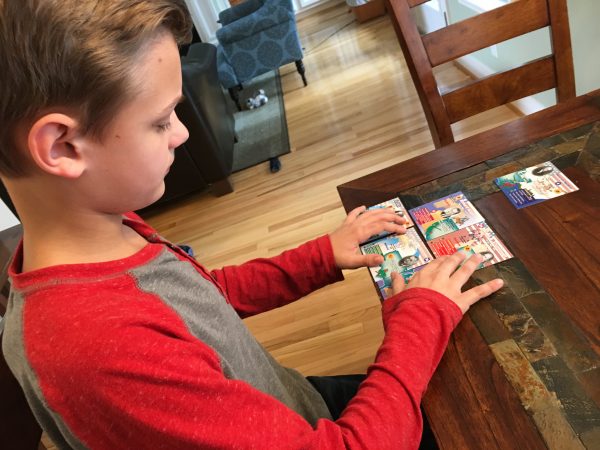
Collect your cards – the first one to ten wins. If you miss a question, your card goes back in the box for someone else to grab later.

All of the cards are printed on heavy-duty cards (thicker than typical cardstock and near impossible to bend). There are 44 presidents included in the deck (Trump hasn’t been included yet since the game was published prior to his term). Each card does have little details that will help you as you try to remember (color coding based on presidential party, etc.).
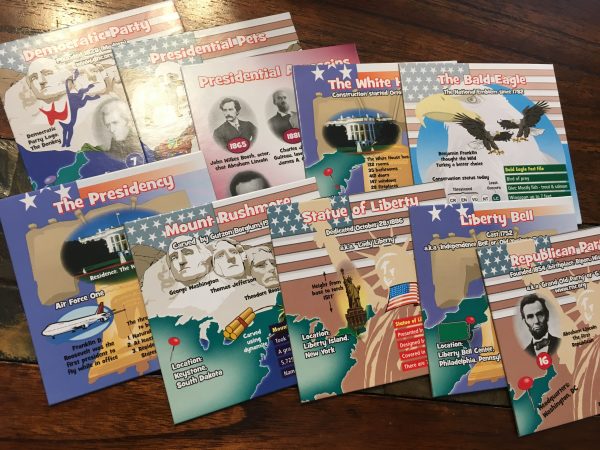
The set also includes 10 additional cards that cover the presidential parties as well as various landmarks and items specific to US History. A 10 second egg timer and die are also in the box.
Skills Brainbox US Presidents Works On:
There are a few things that U. S. Presidents has been great in working on with the kids (and me too!)
-
Thinking strategically – while we do want to learn the facts, you need to figure out picture clues and other strategies (like the color coding) to help you ‘scan’ faster.
-
Memory recall – kids have only a short amount of time to read over the card and commit things to memory. Sometimes something seems like it might be insignificant, but flip the card over and you may be asked how many birds were on the front. You never know what will be asked!
Recommended Ages:
The game is recommended for ages 8+, but some of that may depend on your child’s reading ability and may result in adjustments. Our youngest isn’t a strong reader and he would not be able to gather enough info in the 10 seconds, so we either allow him additional time to look at the card or someone reads the card to him to help out.
We haven’t kept a running score of our games, but the kids have been pulling out cards at the breakfast table in the morning and going over facts in addition to the time the boys and I sit down together and play a few times a week. All of our kids (ages 10 to 16) have enjoyed playing this together and the 10 year old is the most competitive in the bunch! It’s been great seeing them each work on their recall and figure out different ways to remember things.
This game may be new to you (as it was to us), but I love hearing about different games, especially when there is an added learning twist in the game.
Have you ever played U. S. Presidents before?
Do you have a game recommendation for our family to try next?
Honestly, we LOVE the game and the kids have asked if we can get a few of the other ones in the set. Here are the ones that will be joining our home over the next few months:
A few freebies to go along with President learning…
If you like these resources, you may also enjoy the president’s day handwriting pages, a free download! They are not specific to president’s day and include quotes from several presidents to use as copywork.
The U.S. President Fact Files are another FREE printable that feature coloring images of all 45 U.S. Presidents along with room to write down important facts about each president.


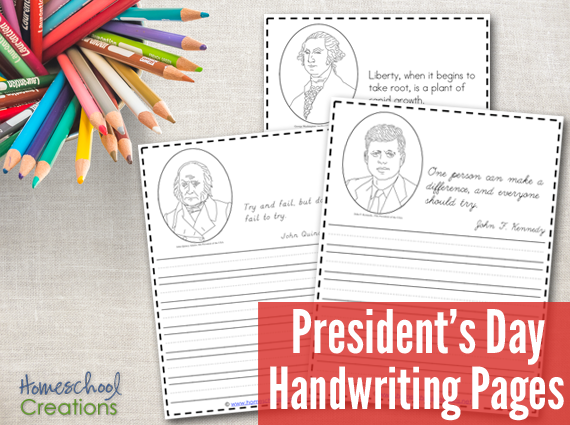
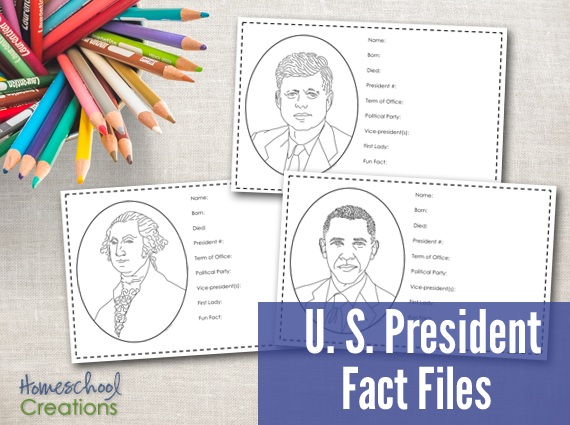
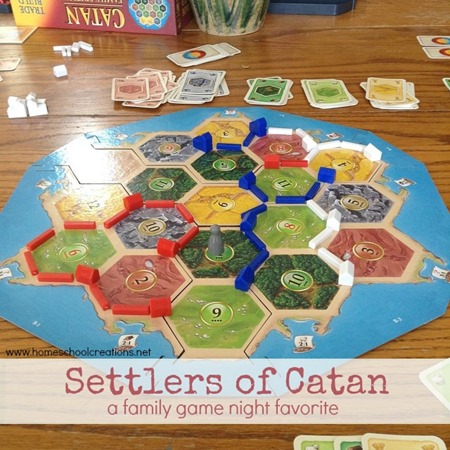

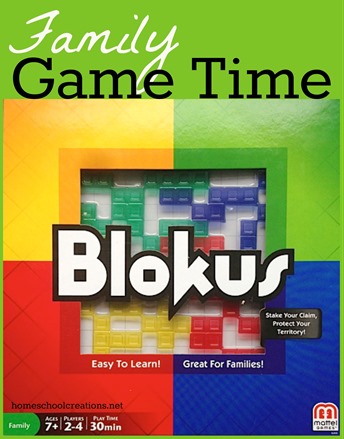
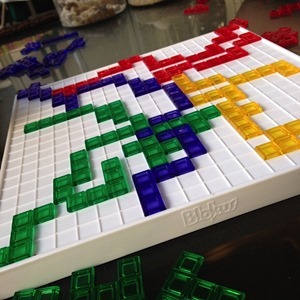
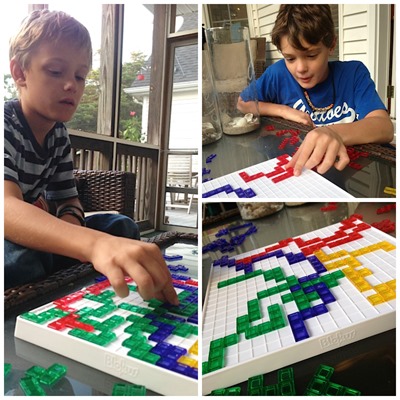




 The printables shared on this site are FREE of charge unless otherwise noted, and you are welcome to download them for your personal and/or classroom use only. However, free or purchased printables are NOT to be reproduced, hosted, sold, shared, or stored on any other website or electronic retrieval system (such as Scribd or Google docs). My printables are copyright protected and I appreciate your help in keeping them that way.
If you download and use some of my printables and then blog about them, please provide a link back to my blog and let me know - I'd love to see how you are using them! Please be sure to link to the blog post or web page and not directly to the file itself. Thank you!
The printables shared on this site are FREE of charge unless otherwise noted, and you are welcome to download them for your personal and/or classroom use only. However, free or purchased printables are NOT to be reproduced, hosted, sold, shared, or stored on any other website or electronic retrieval system (such as Scribd or Google docs). My printables are copyright protected and I appreciate your help in keeping them that way.
If you download and use some of my printables and then blog about them, please provide a link back to my blog and let me know - I'd love to see how you are using them! Please be sure to link to the blog post or web page and not directly to the file itself. Thank you!